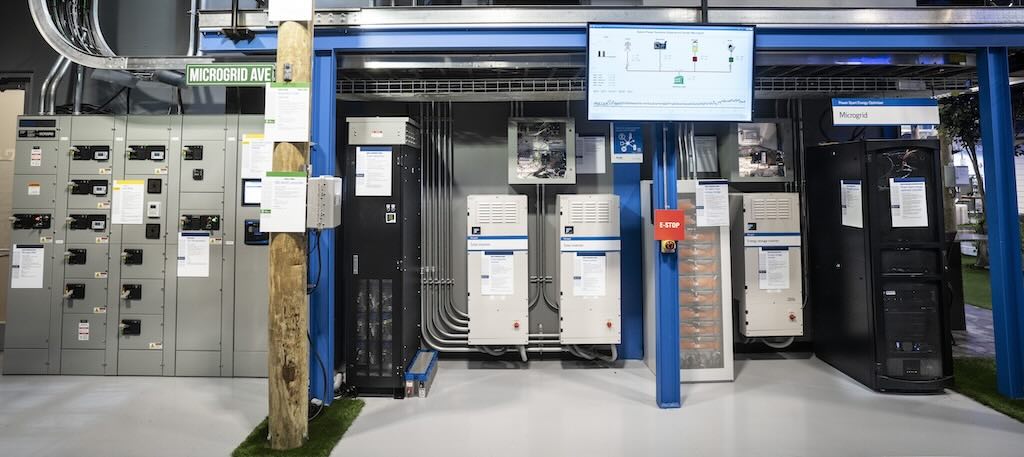Every quarter, IMS Research personnel in China, Europe, Korea, Taiwan and the USA survey companies representing both the supply side and the demand side of the LED market in order to assess the health and outlook of the LED market. The latest report showed that Q3’10 was another record quarter for GaN LED MOCVD installations with a record 230 merchant tools shipped.

Every quarter, IMS Research personnel in China, Europe, Korea, Taiwan and the USA survey companies representing both the supply side and the demand side of the LED market in order to assess the health and outlook of the LED market. We are tracking:
- Historical MOCVD tool installations by LED manufacturer, MOCVD supplier, model number and wafer size
- Future MOCVD installations by LED manufacturer, MOCVD supplier, model number and wafer size.
- Each LED manufacturers’ wafer capacity, die capacity, yielded die capacity and binned die capacity
- Quarterly LED panel shipments by panel manufacturer for TVs, monitors and notebook PCs.
- Quarterly number of LEDs per panel and total LED consumption by panel supplier at every size, resolution and refresh rate
- Annual shipments and forecasts for all other LED applications
The latest report showed that Q3’10 was another record quarter for GaN LED MOCVD installations with a record 230 merchant tools shipped as shown in Figure 1. Quarterly MOCVD shipments rose for the 6th consecutive quarter, a remarkable achievement.
The GaN LED MOCVD market was previously a 100-200 unit annual market, but exploded from the 2H’09 on the introduction of the first viable LED TVs and bright forecasts for LED penetration into TVs, monitors and eventually general lighting. We believe the merchant MOCVD market will reach 786 units in 2010, up 245%. In 2011, based on LED manufacturer surveys, we see shipments flat at around 790 tools.
Companies began adding capacity for many reasons.
- LED manufacturers affiliated with LCD suppliers added capacity to boost their self sufficiency.
- Independent LED manufacturers added capacity to boost their market share or enhance their vertical integration efforts.
- China introduced a MOCVD stimulus program to boost their LED self sufficiency. This program is expected to result in $1.6B in spending on MOCVD tools from 2010 – 2012. In addition to subsidies worth up to $1.8M per tool, local Chinese governments are also offering lower tax rates, accelerated depreciation and free land. This program has encouraged existing Chinese LED manufacturers to expand capacity, resulted in many new entrants and caused existing players in Taiwan and Korea to form joint ventures and add capacity in China. China led in MOCVD installations for the first time in Q3’10 and is expected to lead until the MOCVD stimulus program ends.
- In search of growth, a number of existing semiconductor manufacturers have diversified into LEDs hoping to capture some of the remarkable growth forecasted for this segment.
In total, 25 new LED manufacturers have entered and nearly all of the approximately 75 LED manufacturers are adding capacity between 2009 and 2011.
As a result, we are showing tremendous growth in LED capacity. In 2” wafer equivalents with conservative assumptions regarding tool ramps and utilization in China, we show ramped wafer capacity rising 54% in 2010 and 74% in 2011. There is also tremendous room for LED manufacturers to improve yields and bin rates, effectively boosting die capacity without additional capacity investments. In fact, a number of the leading manufacturers claim to have boosted yields (including binning) from the low 50s to the high 70s on their most advanced lines. However, it takes time to ramp to these yield rates and the large number of new entrants and new investments will keep industry average yield and bin rates low during this rapid expansion. Thus, we are showing weighted binned die capacity, which accounts for different yields and bin rates at different die sizes, rising 44% in 2010 and 60% in 2011. We believe these are conservative numbers with weighted average yields in the low 40s in both 2010 and 2011. Interestingly, we show 2012 weighted binned die capacity, without any additional tools installed in 2012, rising 31% as new tools ramp and yields and bin rates improve.
Can Demand Keep Up?
With all this supply growth, can demand keep up? As shown in Figure 2, we believe demand growth outpaced supply growth in 2010, actually just the first half. However, in 2011 and 2012, we expect supply growth to outpace demand growth with no additional tools installed in 2012.
One of the reasons that demand is projected to grow slower than supply is a large reduction in LEDs per TV and monitor panels which occurred in Q3’10. As shown in Table 1, the number of 20×40 mil edge-lit LEDs per panel declined by 22-27% from 2H’09 to 1H’10 and fell another 34-38% in 2H’10. Thus, in one year, the number of LEDs per panel dropped 51-54%, well beyond most LED manufacturers’ expectations. In addition, the weighted average number of edge-lit LEDs per TV panel dropped from 196 in 1H’10 to 124 in 2H’10. LED manufacturers were expecting 15-20% per year reductions per year, thus, they found themselves with too much capacity to serve demand and LED manufacturers’ utilization rates fell in 2H’10. This large reduction was achieved through improvements in LED luminous efficiency as well as improvements in lightguide distribution efficiency, panel transmissivity and optical film optimization. By reducing the number of LEDs, panel makers were able to migrate from 4-6 LED light bars per panel to just 2 light bars per panel significantly cutting costs and minimizing premiums over CCFL panels.
In addition, the timing of the reduction was particularly poor as LED TVs were selling slowly in Q3’10 as premiums for LED TVs were on top of already high premiums for high refresh rates. As a result, demand slowed, inventories rose and supply growth significantly overtook LED demand growth in backlights, reducing factory utilization to much lower levels in 2H’10. With 2011 and 2012 supply growth expected to further outpace demand growth, we see a growing LED surplus. Furthermore, with the China MOCVD stimulus program potentially ending in 2011, we don’t see 2011 MOCVD shipments slowing down as LED manufacturers pull in their orders to ensure they take advantage of this unusual stimulus opportunity. As a result, we should expect LED manufacturers to significantly reduce their capacity expansion plans after the China stimulus program ends as supply is rising too fast.
LED Market Outlook and Summary
So it seems China’s MOCVD stimulus program, a large number of new entrants and slower than expected demand from display manufacturers is going to lead to a rising surplus over the next couple of years. But will the market continue to grow?
We believe it will. As shown in Figures 4 and 5, 2010 was a great year for the GaN LED market led by LED TVs. GaN LED revenues are expected to rise 76% from $4.8B in 2009 to $8.4B in 2010 with the total LED market exceeding $10B for the first time. TVs and monitors drove the revenue growth, rising 518% and 653% respectively, with units up even faster at 624% and 842% respectively. All segments in Figure 4 were up in units with only mobile phones and “Other BLUs” down in revenues.
With a healthy surplus projected, we expect rapid LED penetration into all backlight segments and faster than anticipated penetration into general lighting. We see continuous growth in LEDs as the general lighting market surges to offset eventual saturation in TVs with lighting overtaking the TV market in dollars in 2015. However, the LED lighting market does face numerous challenges in addition to price such as in improving efficiencies, reducing glare and improving light distribution and uniformity, particularly in terms of the fluorescent tube replacement market. But, that is a topic for another article. The LED surplus should also lead to declining utilization and slower capacity growth once the China MOCVD stimulus program ends, while growing pricing pressure could lead to consolidation. So, while healthy growth is forecasted, we can’t say the same for margins.



